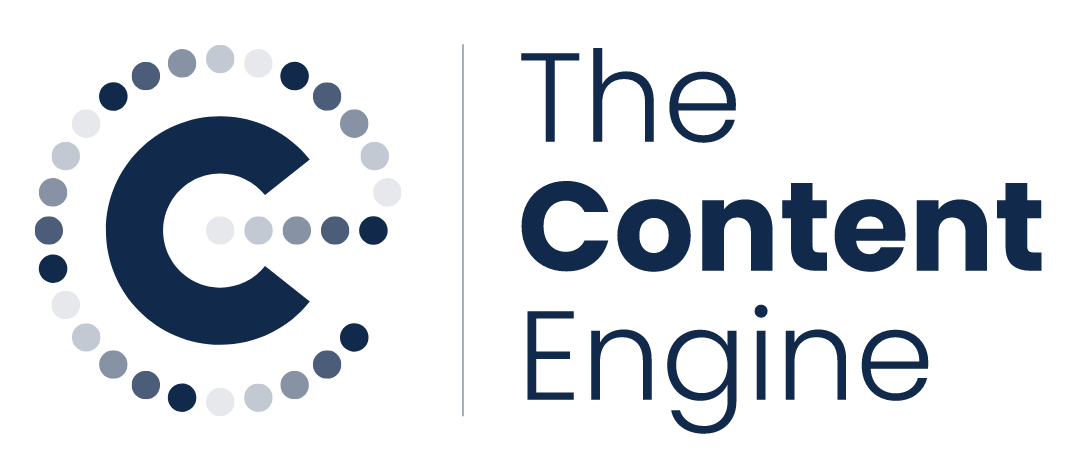Creating an animation? 3 things to keep in mind for better storytelling
Animations are a powerful tool in your content toolbox. They are dynamic, can combine different types of information - and if done right, they can be evergreen.
Creating an animation is a bit like buying a car. It’s more work than you think it’ll be, but it’s also endlessly rewarding and can provide value for some time. Both are high investment, high returns endeavours.
That being said, you should definitely do your research before investing in either.
What makes animation so resource-heavy? There are many different elements and creatives involved in producing an animation, from writing and designing, to recording and timing a voiceover. Unlike a blog where tweaking a word or a sentence can take seconds, tweaking a line or a frame can sometimes take hours.
For the right project, the effort is worth it. The biggest selling point? “Animation gives you full control over the visuals,” shares our Midweight designer, Katie Romvari.
“You can take a complex topic and make it more digestible by putting a story together frame by frame, moment by moment, which you might not be able to do in other formats.”
Include a designer and producer from the start
Animation involves three steps: writing (scripting), designing (storyboarding), and animation (making the storyboard move). While you won’t need anything designed on day one, you will need a designer's expertise.
“The animations that look and perform better are ones where the design team has been involved from the start,” Katie explains. “That way we can spot ideas that probably won’t work well as an animation and come up with alternatives that work better.”
Incorporating a design perspective early on usually means the content will need less revisions throughout the process - and incur less costs.
It’s easy to lose sight of the goal of an animation when there are so many revisions and stakeholders inputting at different times. Bring everyone together at the start of the process - including the designer - and watch the magic happen.
Let your audience lead the animation
Before we go into making the perfect animation, make sure the ROI is worth it by answering a few key questions upfront:
Who is your audience?
Is animation the right content format?
What is the purpose?
“You’ve got to take a step back and think about whether animating this topic is going to be appealing to your audience,” Katie says. “It can be hard to do that from an insider perspective, so be sure to consult a designer or a third party early on in the process.” Which leads us nicely onto our first point…
Your target audience can and will change the scope of an animation
“Animations aren’t just for sharing on social media. They can be shared on so many platforms and used for different things,” Katie shares.
Consider the following factors as you plan your animation:
For animation published on social media/externally:
Pick topics and methods that aren’t too complex, concepts that a general audience will understand. In the HOLCIM animation below, animation is used to help the viewer wrap their head around something more complicated.
Make sure the animation is in line with your branding, and will be recognisably yours
Be careful of creating animations for time sensitive pieces. Try to plan a month or two in advance
For animations shared internally:
Use animations to show the internal team how certain processes work, or to present new ideas
You aren’t on social media, but retaining attention is still important. Embrace the luxury of a longer animation but within reason.
Communication internally often means your audience is often familiar with your brand and ideas.
For complex ideas, use simple visuals
Your audience’s attention can be hard to grab and even harder to keep - keep things simple. Trying to communicate every detail and nuance can do more harm than good.
Avoid being too literal with your visuals, especially when it comes to concepts that don’t naturally inspire an image. The animation below from LifeLine International shows one way Katie has approached this.
“We needed to remove all signs of race, gender and age to show that mental health struggles can affect all kinds of people. The best way to explain such a sensitive and complex topic, was to simplify it down to it’s core.”
AI-generated animations: what’s the scoop?
“I think it’s still early stages,” Katie says, in a voice that tells me she’s unimpressed.
“There can be so much complexity within an animation. The process needs to be well thought out and usually factors in thoughts from multiple stakeholders. I don’t think the AI tools can capture bespoke brand guidelines along with the strategy and thoughts of an organisation yet.”
Animations like the one below, from think tank CGAP, require an understanding of the global and social context, brand guidelines, and the intended audience - something that AI may struggle with.
DIY content creation platforms can be a good option for overly simplistic pieces, but the more complex an animation becomes, the more frustrating the limitations of an AI-generated tool can be.
Your best bet? A seasoned professional - or a whole team of them. Contact us to learn more about how we help impact audiences with well-planned animations.

